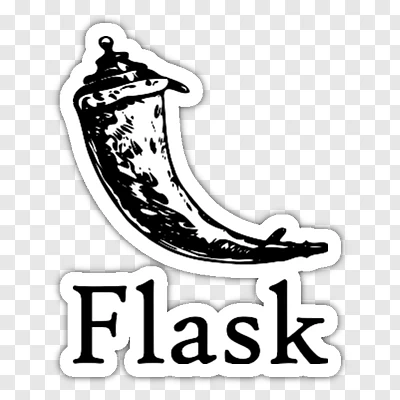2024 Web Design Trends: The Future of Digital Experiences
May 20, 2025
•
# Latest Web Design News and Trends in 2024
The world of web design is constantly evolving, with… min read

Latest Web Design News and Trends in 2024
The world of web design is constantly evolving, with new technologies, trends, and best practices emerging every year. As we move through 2024, seve…
understanding the implementation of flask python
April 29, 2025
•
Implementing Flask in Python: A Lightweight Framework for Web Development
Introduction
Flask is… min read

Implementing Flask in Python: A Lightweight Framework for Web Development Introduction
Flask is a lightweight and flexible micro-framework for Python that simplifies web development. Unlike full-…